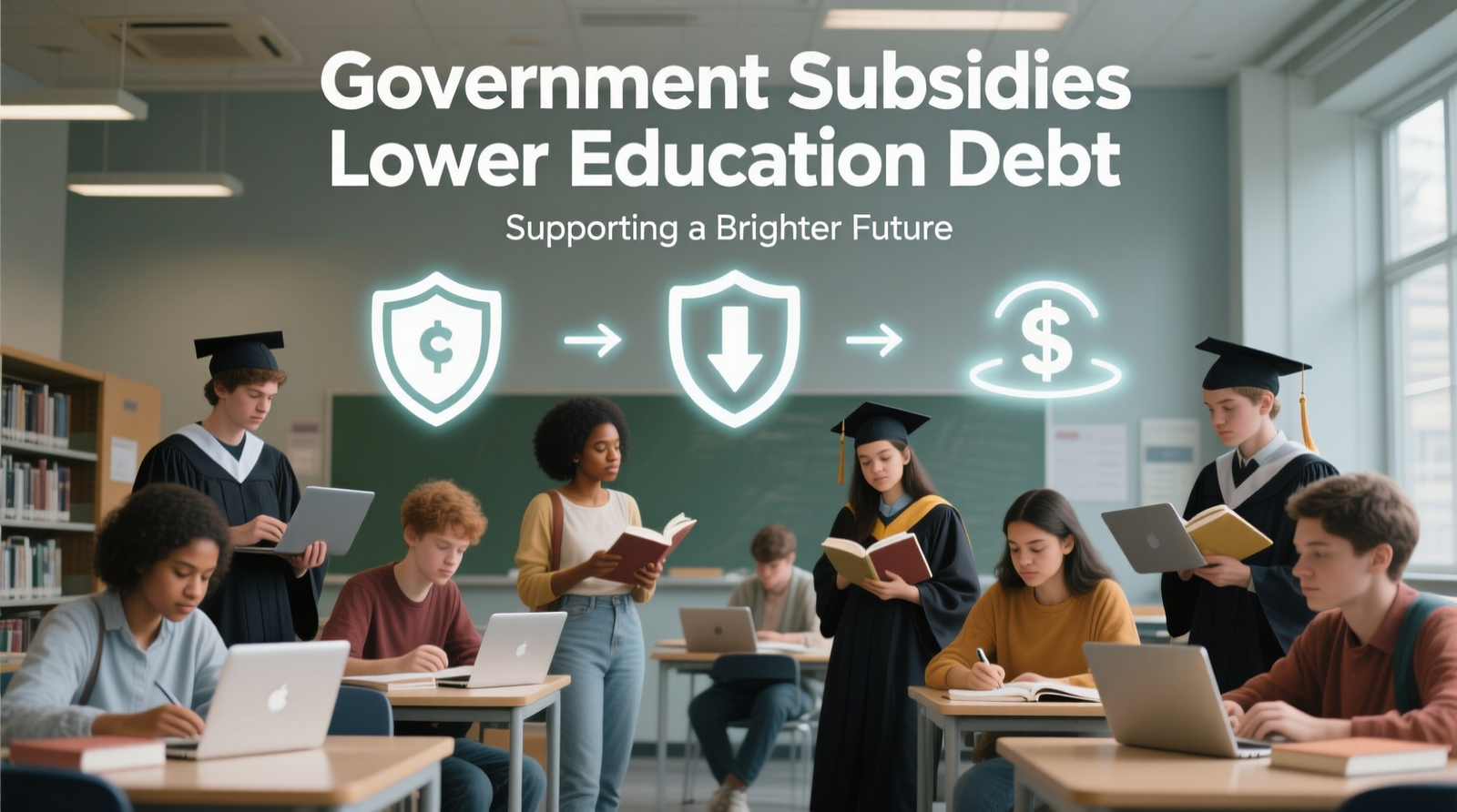Are you dreaming of higher education but worried about the soaring costs? The price of college can feel like a mountain too steep to climb, but government subsidies on education loans are here to lighten the load.
These subsidies can significantly reduce the financial strain of student loans, making your academic goals more achievable. In this post, I’ll walk you through how these subsidies work, who qualifies, and how you can take advantage of them to secure your future without drowning in debt.
What Are Government Subsidies on Education Loans?
Government subsidies on education loans are financial aids provided to make higher education more affordable. These subsidies often cover interest payments during specific periods or offer reduced interest rates, lowering the overall cost of borrowing. In the U.S., programs like Pell Grants and subsidized federal student loans are designed to support students, particularly those from low-income backgrounds.
For example, subsidized loans under the William D. Ford Federal Direct Loan Program don’t accrue interest while you’re in school, during your grace period, or during deferment, saving you thousands over time.
Globally, similar schemes exist. In India, for instance, the Central Sector Interest Subsidy Scheme (CSIS) fully covers interest during the moratorium period for students from economically weaker sections pursuing technical or professional courses. These initiatives aim to promote equality of opportunity and ensure education isn’t a privilege reserved for the wealthy.
Why Subsidies Matter for You
Subsidies aren’t just numbers on a page—they’re a lifeline. By reducing or eliminating interest during key periods, they lower your monthly payments and total loan cost. This means you can focus on your studies or early career without the constant stress of ballooning debt.
For instance, the Pell Grant, which doesn’t require repayment, provided an average of $4,200 to 6.2 million students in the 2020–2021 academic year, directly reducing their need to borrow.
However, recent changes, like the proposed elimination of subsidized loans for undergraduates starting July 2026, could shift the landscape. This makes understanding current subsidy options critical before they change. Let’s dive into how these subsidies work and how you can benefit.
Key Government Subsidy Programs for Education Loans
Here’s a breakdown of some major subsidy programs you should know about:
| Program | Key Features |
|---|---|
| Federal Subsidized Loans (U.S.) | Interest paid by the government during school, grace period, and deferment; available to undergraduates with financial need; no interest accrual until repayment begins. |
| Pell Grants (U.S.) | Non-repayable grants for low-income undergraduates; up to $7,395 for 2023–2024; 65% of recipients from households earning under $30,000. |
| Central Sector Interest Subsidy Scheme (India) | Full interest subsidy during moratorium for students with family income below ₹4.5 lakh; for technical/professional courses at approved institutions. |
| Repayment Assistance Plan (U.S.) | Starting July 2026, covers unpaid interest to prevent negative amortization; $50 principal subsidy per month; 30-year forgiveness term. |
U.S. Federal Subsidized Loans
These loans are a cornerstone of financial aid in the U.S. If you demonstrate financial need, the government covers interest while you’re enrolled at least half-time, during the six-month grace period after graduation, and during deferment. This can save you thousands compared to unsubsidized loans, where interest accrues immediately. However, proposed changes in the 2025 reconciliation bill may end these subsidies for new borrowers after July 1, 2026, so act fast if you’re eligible now.
Pell Grants
Pell Grants are a game-changer for low-income students. Unlike loans, they don’t need to be repaid, directly reducing your borrowing needs. The maximum award for 2023–2024 was $7,395, but eligibility tightens if your Student Aid Index exceeds twice this amount. Recent proposals also suggest raising the minimum credit hours for full Pell eligibility from 12 to 15 per semester, so plan your course load carefully.
India’s CSIS Scheme
For Indian students, the CSIS scheme is a powerful tool. If your family income is below ₹4.5 lakh annually, the government pays the full interest on your education loan during the moratorium period (course duration plus one year). This applies to loans for technical or professional courses at recognized institutions, making fields like engineering or medicine more accessible.
Repayment Assistance Plan (RAP)
Set to replace the SAVE plan by July 2026, RAP is a new U.S. income-driven repayment option. It prevents loan balances from growing by covering unpaid interest and offers a $50 monthly principal subsidy for low payments. While it extends forgiveness to 30 years (longer than previous plans), it ensures your balance decreases steadily, avoiding the trap of negative amortization.
How to Qualify for Subsidies
Eligibility varies by program, but here are the general requirements:
- Financial Need: Most subsidies, like Pell Grants and subsidized loans, require a demonstrated financial need, often assessed via the FAFSA (Free Application for Federal Student Aid) in the U.S. or income certificates in India.
- Enrollment Status: You must be enrolled in an eligible program, often at least half-time for U.S. programs or in approved technical/professional courses for CSIS.
- Income Thresholds: Programs like CSIS and Pell Grants target low-income families (e.g., under $30,000 in the U.S. or ₹4.5 lakh in India).
- Program-Specific Rules: For RAP, you’ll need to switch from plans like SAVE before July 2028, and Parent PLUS loans are ineligible.
To apply, start with the FAFSA for U.S. programs or contact your loan provider for schemes like CSIS. Be proactive—delays or incomplete applications can cost you eligibility.
Challenges and How to Overcome Them
Applying for subsidies can be tricky. Common hurdles include complex paperwork, strict deadlines, and changing regulations. For example, the recent end of the SAVE plan’s interest-free forbearance means borrowers may face doubled payments under plans like IBR. To navigate this:
- Stay Informed: Check official sites like studentaid.gov for U.S. programs or bank portals for CSIS updates.
- Use Tools: The U.S. Department of Education’s Loan Simulator helps estimate payments under different plans.
- Seek Help: Consult financial aid offices or loan counselors to ensure your application is complete and timely.
Why Act Now?
The student loan landscape is shifting. In the U.S., the elimination of subsidized loans and Grad PLUS programs by 2026 could increase reliance on private loans, which offer fewer protections. In India, subsidy schemes like CSIS are subject to annual budget changes, so securing approval early is wise. By understanding and applying for subsidies now, you can lock in benefits before reforms take effect.
Final Thoughts
Government subsidies on education loans are your ticket to affordable higher education. Whether it’s Pell Grants, subsidized loans, or schemes like CSIS, these programs can slash your debt burden and keep your focus on your career goals.
Start by assessing your eligibility, gathering documents, and applying early. Your education is an investment in your future let subsidies make it a smarter one.

